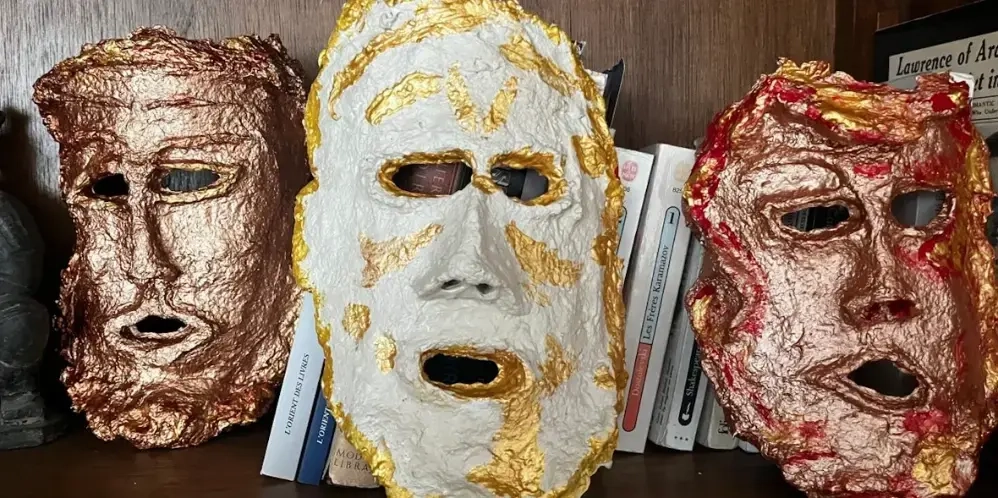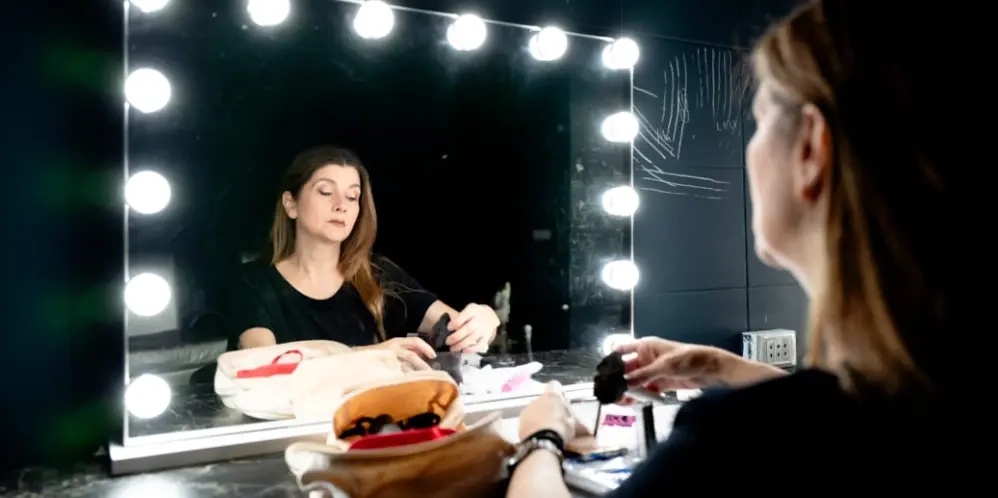Lebanon and the cinemas in the 1950s, 1960s and early 1970s









Art & CultureHomeMOOVTOO MagHistoryCinema

 What is MOOVTOO ?PartnersContact usFAQLegal MentionsData Protection PolicyTerms and ConditionsCheck out our privacy policy
What is MOOVTOO ?PartnersContact usFAQLegal MentionsData Protection PolicyTerms and ConditionsCheck out our privacy policy